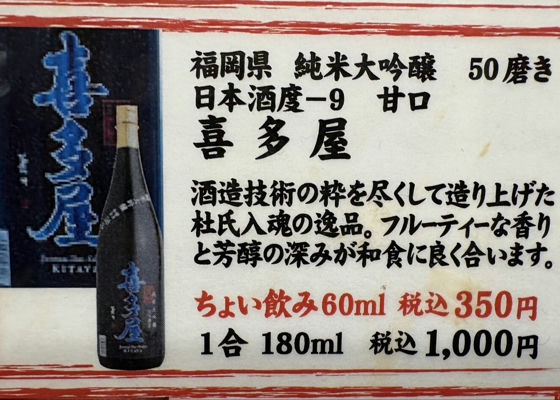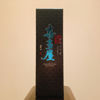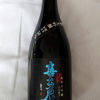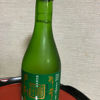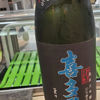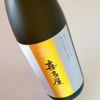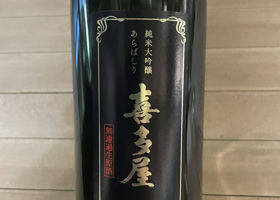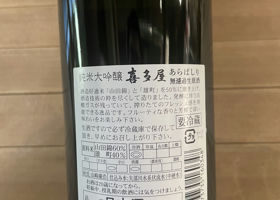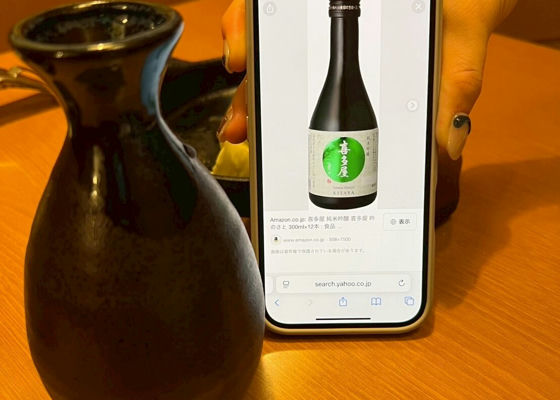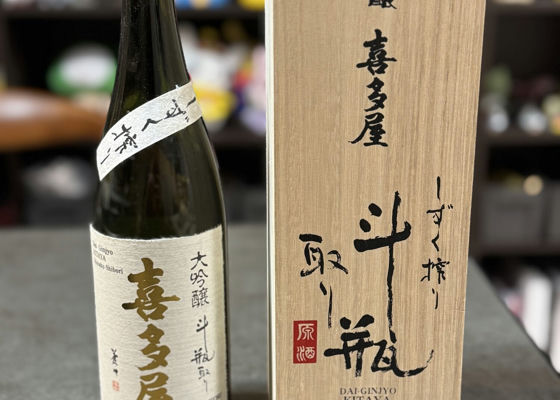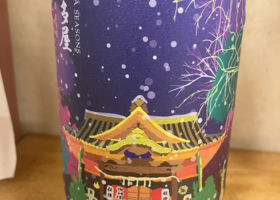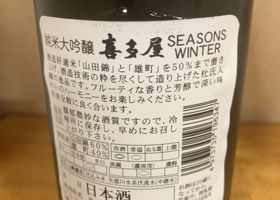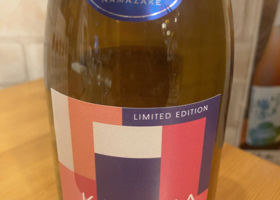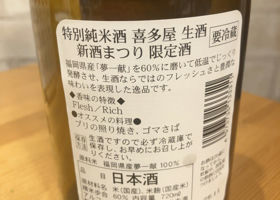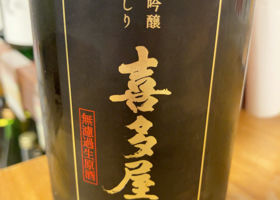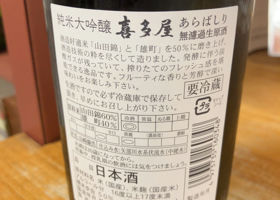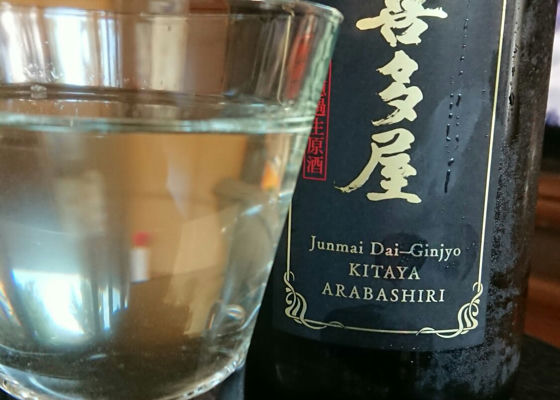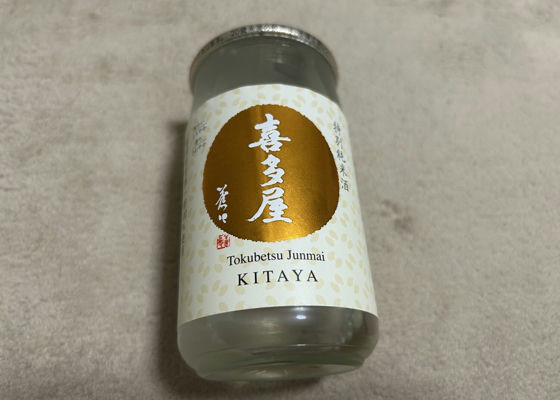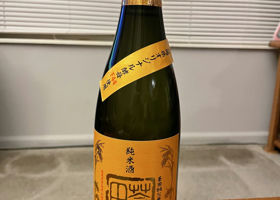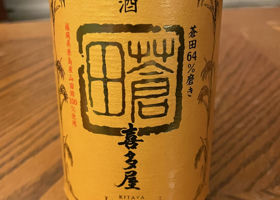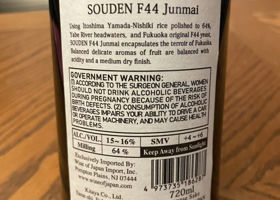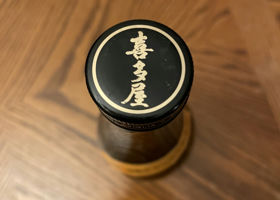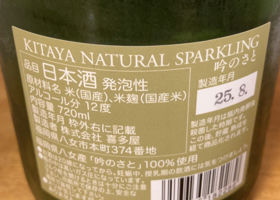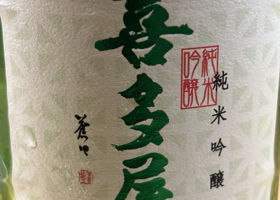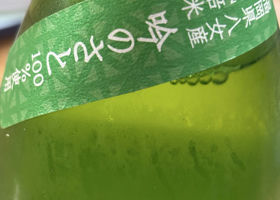CheckinCountView.labelFlavor Chart®
A chart created from flavor analysis of user comments.

Flavor Tags ®
Tags generated from flavor analysis of user comments.
Timeline
ブルドーザー社長It is a fruity and easy to drink sake, and we had it for a small drink. Kitaya純米大吟醸あらばしり無濾過生原酒純米大吟醸原酒生酒荒走り無濾過 sakepowerA slight sense of ripeness✨
Slightly sour taste is also characteristic 🍊
It has a sharp aftertaste and finishes refreshingly. 👍🏻 こSweet at first! But then it's refreshing without being cloying
⭐️3 がたろんI had a good thing happen, so I bought this sake with a good mood and a lot of energy.
It is very tasty!
Kitaya never betrays me. ma-ki-Gataro, good things happen to good sake 😋.
I've only had the other label once, but it was really good sake, so I'd like to try this one someday too 🤗. がたろんThank you, ma-ki-!
Sake on a good day is very special!
I hope you keep finding good drinks☆. バーボンProcured in Atlanta
Kitaya's Aouda 64% polished Junmai-shu
A well balanced bottle with good acidity and umami.
Delicious! おうせいEasy to drink.
Sweet but no aftertaste. なちゅきIt was gorgeous and delicious! RecommendedContentsSectionView.title
